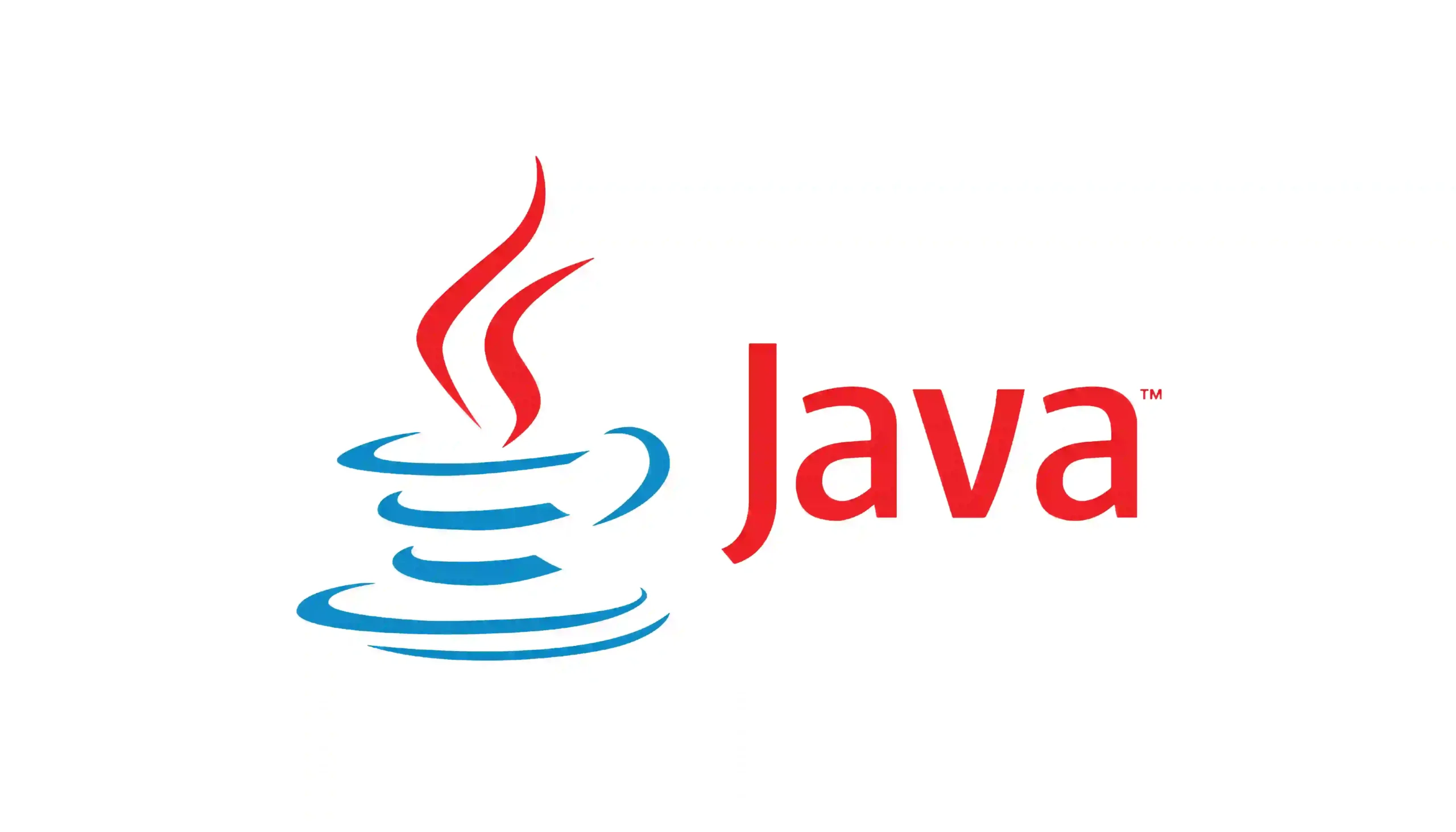Introduction:
Starting with Java programming requires setting up a few essential tools. By preparing these, you’ll be ready to write, compile, and debug your code efficiently. Here’s what you need to do:
1. Install the Java Development Kit (JDK)
The Java Development Kit (JDK) is essential for creating Java programs. It includes the Java Runtime Environment (JRE) and a Java Virtual Machine (JVM) that compiles and executes your code.
- Install the JDK from the official Oracle website or an open-source alternative.
- Test the installation by running
java -versionandjavac -versionin your command prompt. - If you use Notepad++ for testing, update your command prompt’s directory as needed.
2. Use Notepad++ for Code Editing (Optional)
Notepad++ is a lightweight editor that lets you create and edit source code in text files. You can use it to test your Java setup or write simple code. However, this is optional since more advanced tools, like an Integrated Development Environment (IDE), are available.
3. Set Up Apache NetBeans
Apache NetBeans is a powerful IDE for Java development. It provides a comprehensive environment with all the tools you need in one place:
- Code Editor: Write and edit Java code with syntax highlighting and helpful features.
- Compiler: Convert your code into an executable format.
- Debugger: Identify and fix errors in your code for smooth execution.
NetBeans simplifies Java development by integrating these tools into a single interface, making it easier to manage and execute your projects.
Final Thoughts
With these tools installed and ready, you can start learning Java programming and building your coding skills. Setting up your environment correctly is the first step toward writing effective Java code.


